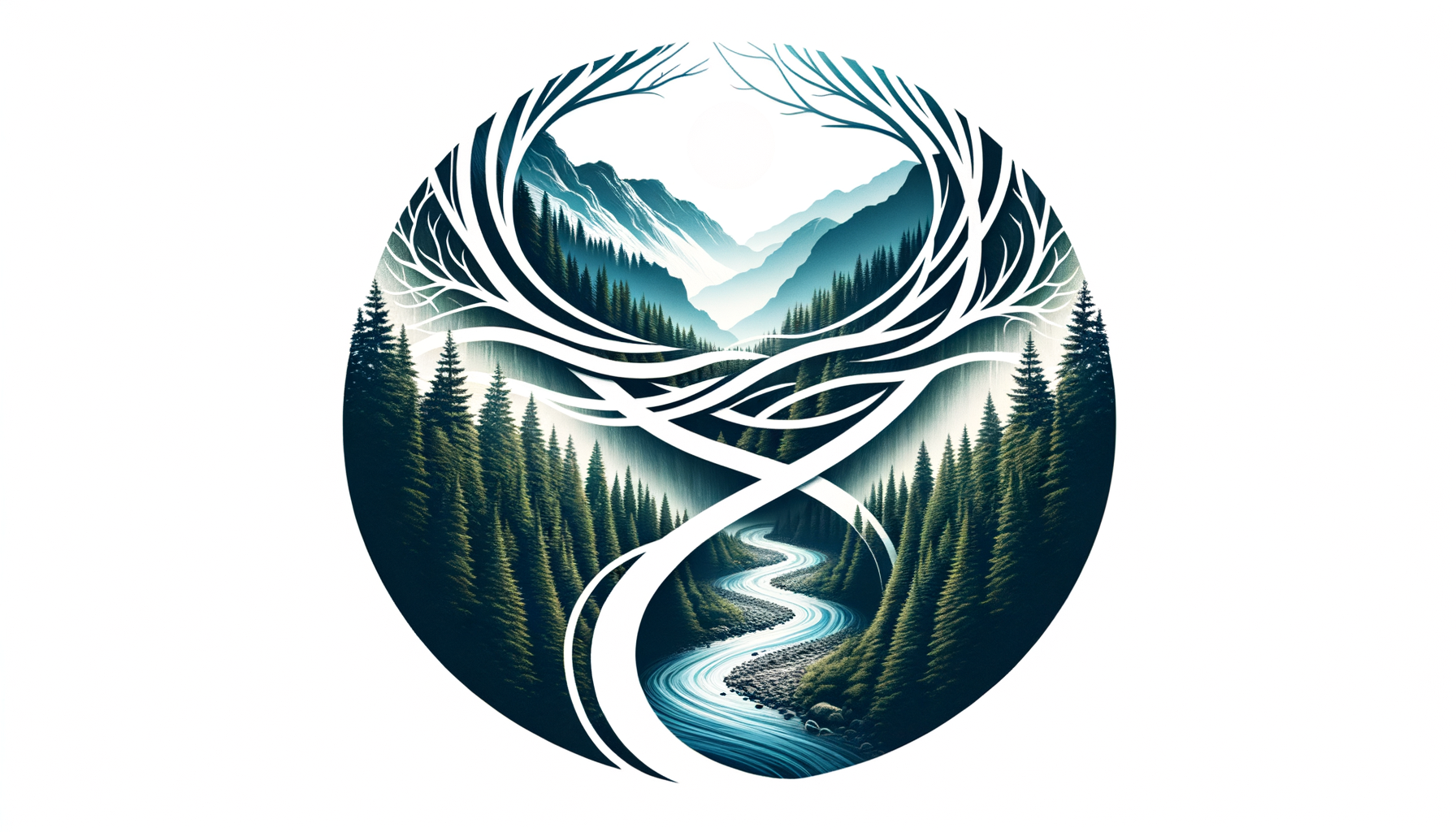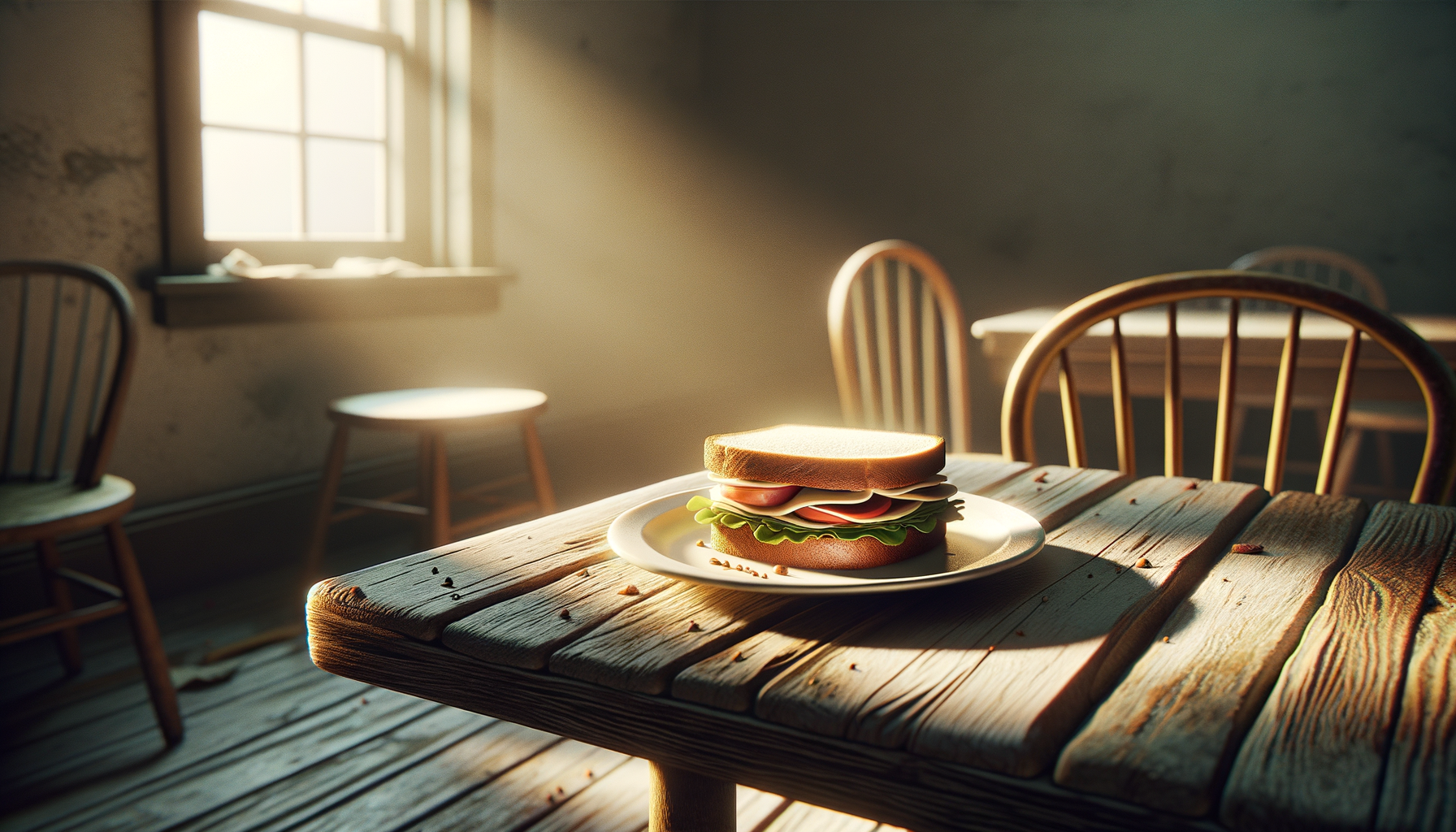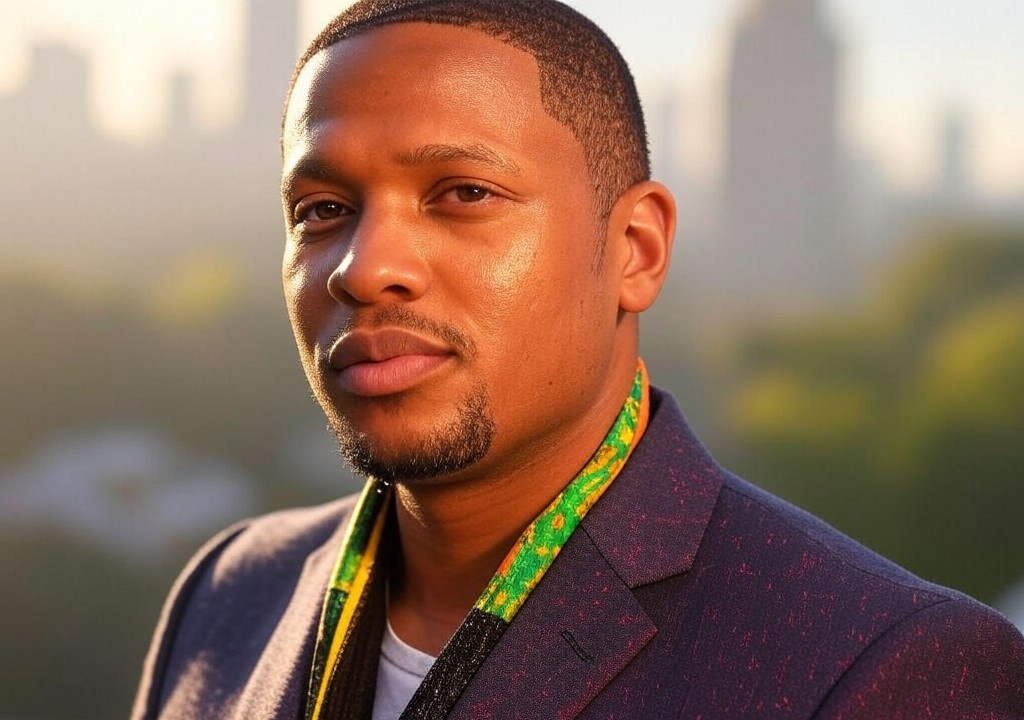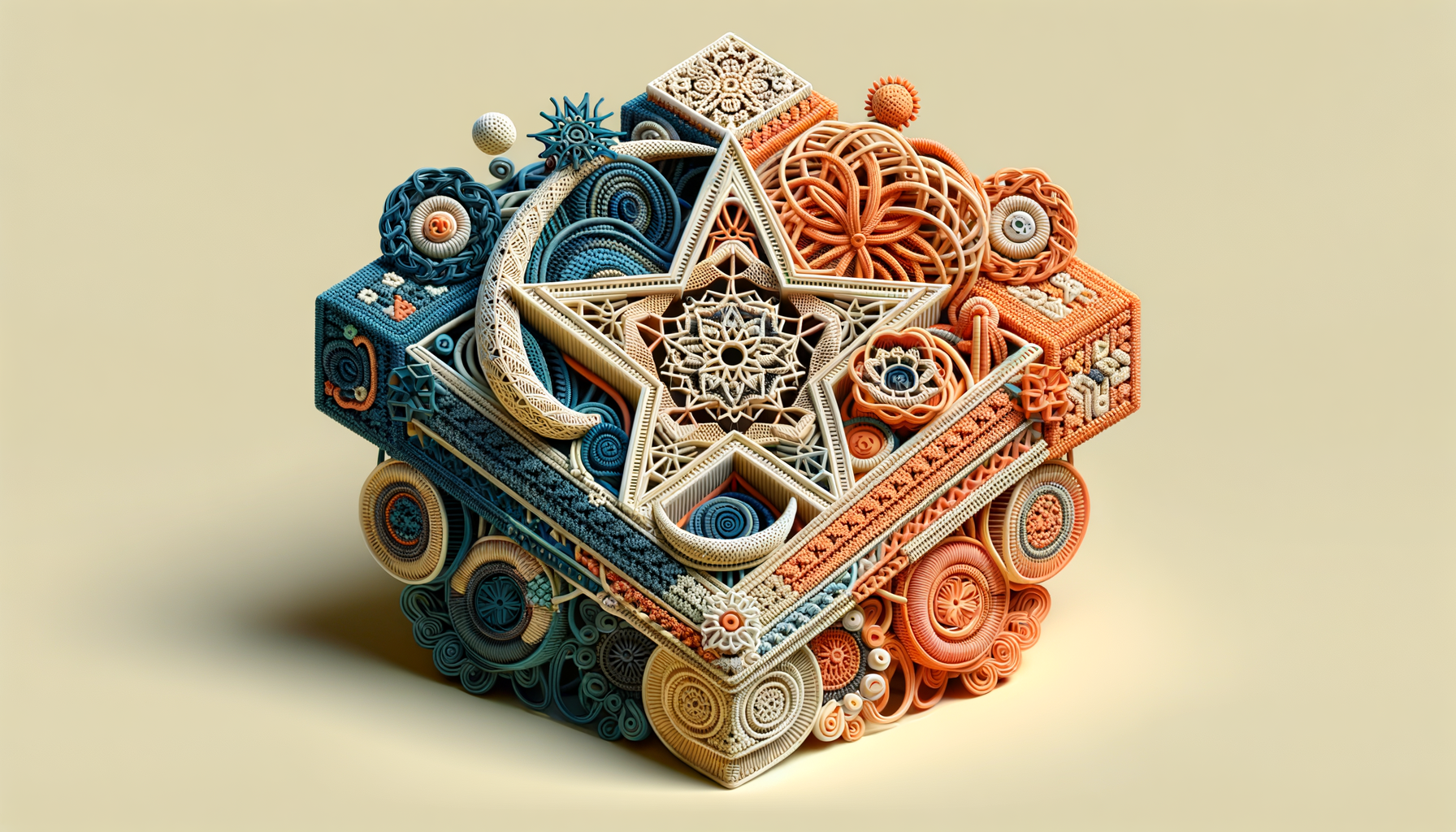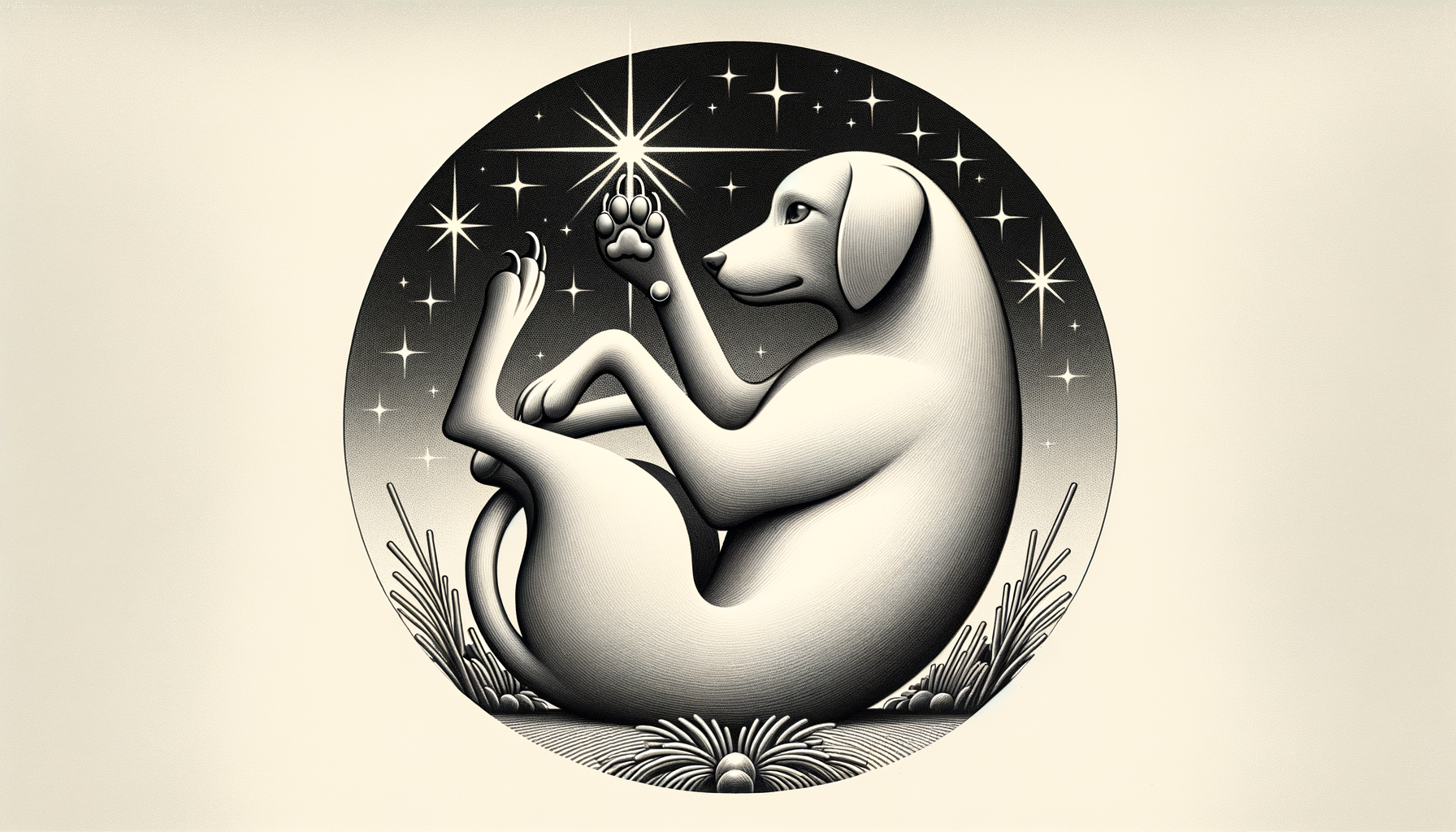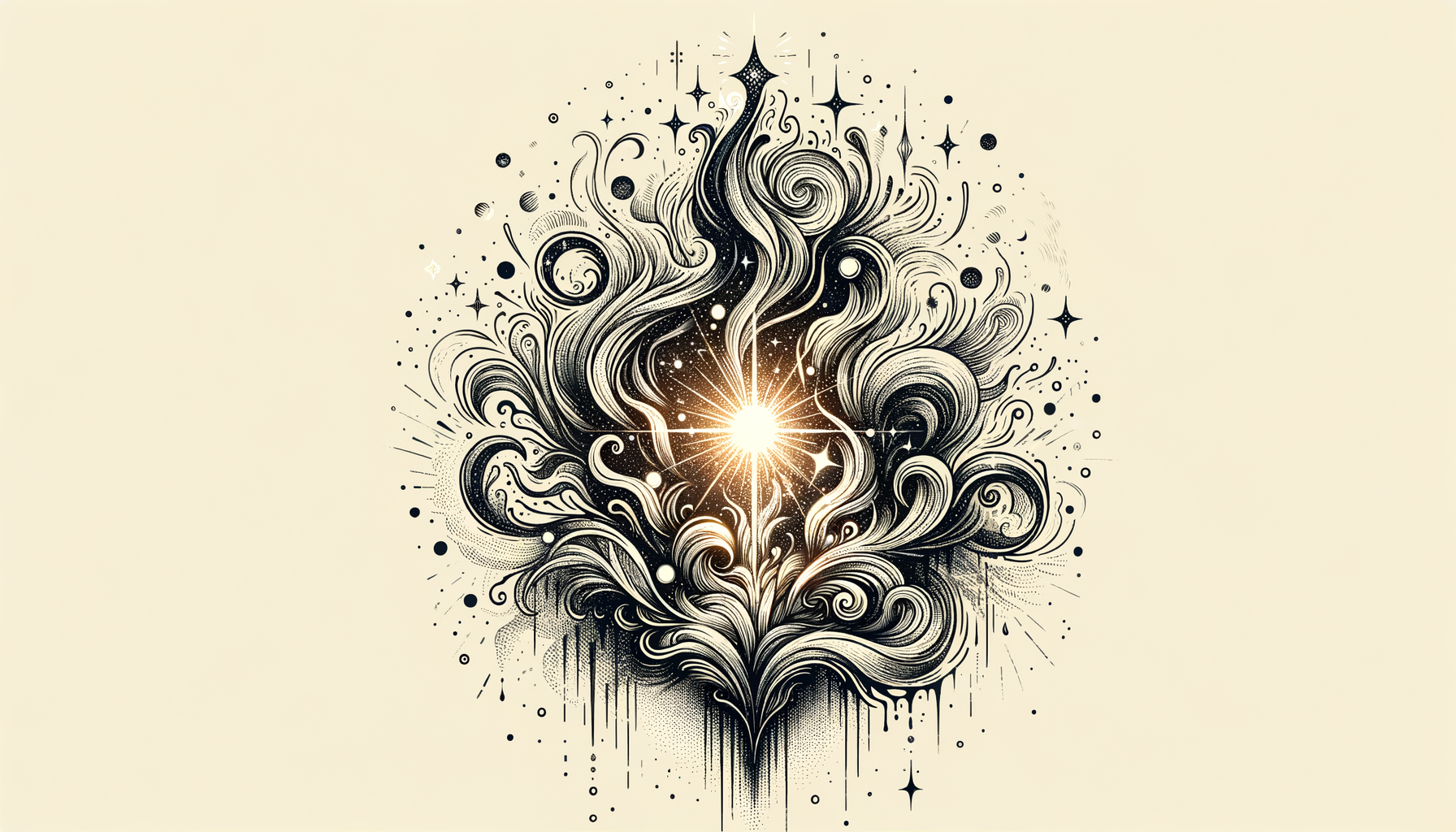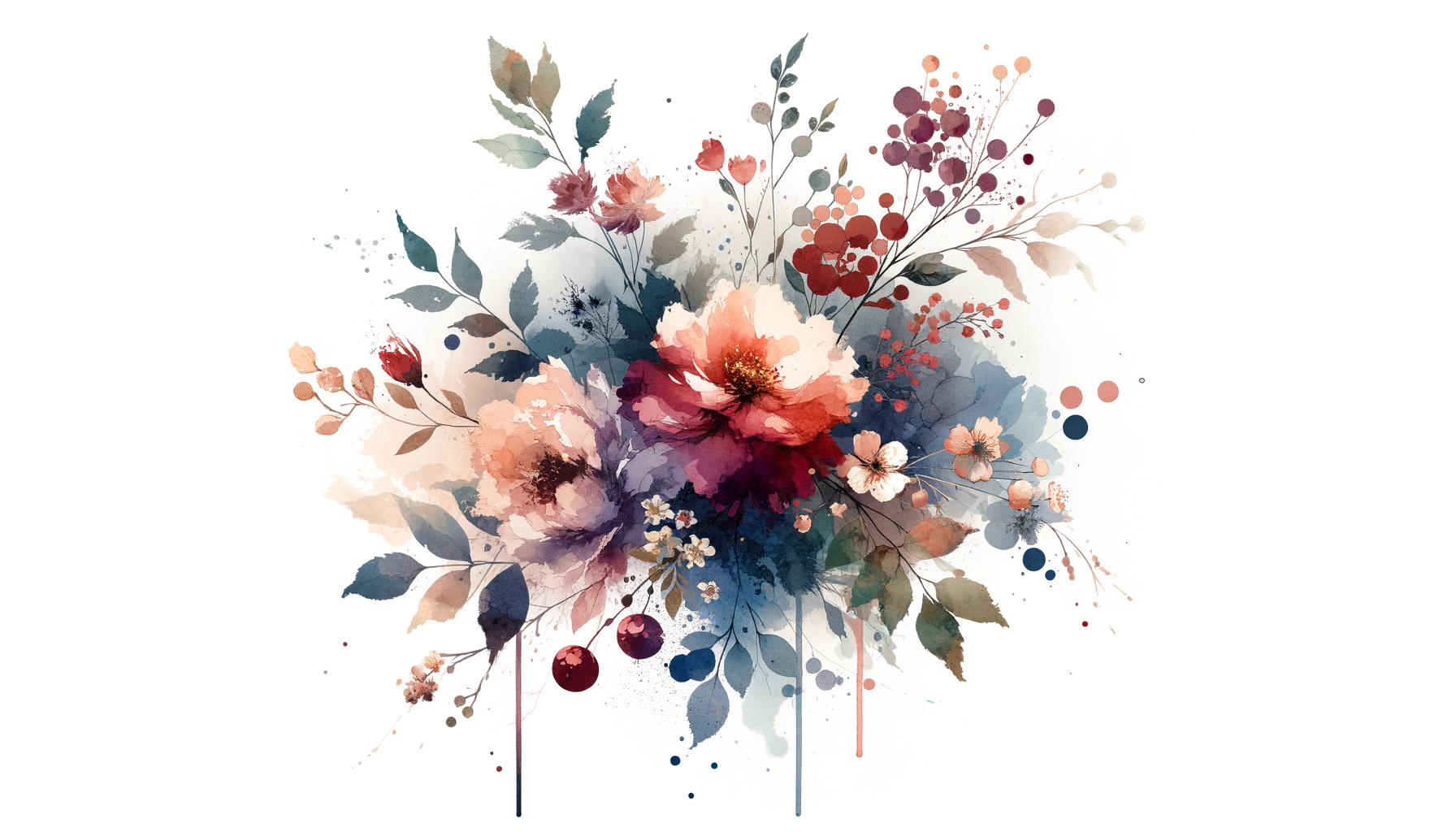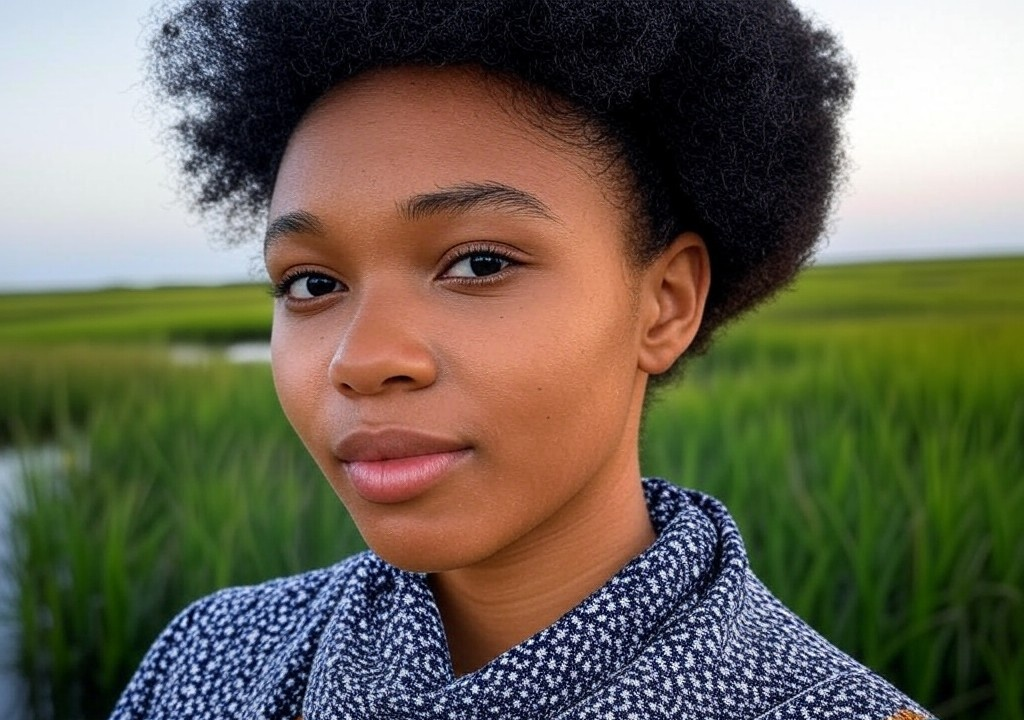There’s a scar on my forearm that’s been there since I was sixteen. It’s a jagged line, about the length of a guitar pick, and slightly lighter than the rest of my skin. I got it from a not-so-graceful tumble on a hiking trail just outside Boulder. One second I was hopping over rocks like a wannabe mountain goat; the next, I was headfirst into a patch of brambles. My mom, ever the optimist, told me to think of the scar as “nature’s autograph.” And in a way, she was right—that mark is a story, etched permanently on my skin, a reminder of a day that’s become less about the fall and more about how I got up.
We all carry scars. Some are visible, like my forearm’s ode to teenage overconfidence. Others are emotional—remnants of heartbreak, rejection, or risk that didn’t quite pay off. But here’s the thing: scars, whether literal or figurative, aren’t flaws to hide away; they’re badges of experience, proof that we were brave enough to put ourselves out there. In dating and relationships, where vulnerability is equal parts exhilarating and terrifying, those scars can become a roadmap to connection—if we let them.
Chapter One: Every Scar Has a Backstory
Think about your favorite movie character. Chances are, they’ve got a scar and a story to go with it. Tyrion Lannister’s facial scar is a physical reminder of surviving a brutal world. Harry Potter’s lightning bolt is both a curse and a symbol of resilience. And let’s not forget Simba from The Lion King, who carried emotional scars after fleeing the Pride Lands, only to turn his pain into purpose.
Why do we love these characters? Because their scars make them relatable. They’ve been through some stuff—just like us. Pretending we haven’t been through our own challenges (or falls into metaphorical brambles) doesn’t make us more appealing; it makes us harder to connect with. Scars—those physical or emotional markers of the paths we’ve walked—shout, “Hey, I’ve lived!”
In my own romantic life, those moments of honesty about my “scars” have often been the turning point. I once told a date about my two-year stay in Seattle and how lonely I felt trying to make new friends in a too-cool-for-me café culture. She opened up about moving cross-country for a relationship that ended with her sobbing by a mailbox holding a stack of breakup letters. It didn’t make the date suddenly perfect (we were hilariously incompatible), but it did lay the groundwork for honest, human connection. Spoiler: we’re still friends.
The takeaway? Don’t be afraid to share your backstory. Your highs, your lows, and yes, your scars—that’s where the real magic of connection happens.
Chapter Two: The Power of Comfortable Vulnerability
Admitting you have scars doesn’t mean you need to go full-on Shakespearean tragedy three minutes into a first date. “Hi, nice to meet you. Did you know my ex ghosted me for someone named Chad who sells protein powder on Instagram?” Probably not the vibe you’re going for. Vulnerability has to be blended with a healthy dose of self-awareness.
The trick is to share your stories in a way that’s open but not overwhelming. Think of Brett Goldstein’s Roy Kent from Ted Lasso: gruff on the outside but balanced by a squishy marshmallow heart underneath. He doesn’t advertise his soft side, but when it peeks through, you can’t help but root for him.
Here’s how to practice what I call “comfortable vulnerability” in dating:
- Ease into it: Drop hints about your history in light, digestible doses. Casually mentioning that you went through a “learning curve” after a breakup leaves the door open for future depth, without feeling too heavy too soon.
- Own your resilience: Did you learn something from that moment of heartbreak? Share what you gained, not just what you lost. A scar isn't just evidence of injury—it’s proof you healed.
- Sprinkle in humor: I’m always a fan of a little self-deprecation when the time is right. Laughing about my middle school bowl cut (with photographic evidence, of course) has consistently been better first-date material than pretending I was voted Prom King—which would’ve been a bold-faced lie.
Chapter Three: Scars, Consent & Connection
Of course, not all scars are meant for public consumption. Some backstories are held close for good reason—they’re yours to share on your terms. Emotional intimacy unfolds organically, and that includes deciding when to show someone the marks that shaped you.
For me, conversations about my dad, who passed away a few years ago, don’t usually pop up until I trust the other person enough. When they do, though, it’s often less about the grief and more about how I see his spirit in the Rocky Mountains. The crisp morning air, the crunch of a pinecone underfoot—it’s part of why I go hiking so often. Sharing these stories doesn’t just honor my dad; it’s a test of emotional compatibility. How someone reacts to these revelations tells me a lot about whether we’re speaking the same emotional language.
The key is always consent—both for yourself and your partner. Be mindful of whether the moment feels right to open up, and respect the other person’s timeline, too. Just because you’re ready to share doesn’t mean they are.
Chapter Four: From Self-Improvement to Self-Acceptance
Sometimes, we mistake scars for something that needs “fixing.” We spend hours chasing unattainable perfection because we assume the people we’re dating are doing the same. Spoiler alert: nobody’s perfect. Not even your friend Ally, whose Instagram aesthetic looks like a vintage travel magazine come to life. Scars are better teachers than flaws—they’re proof that we showed up, dared, tried, stumbled, and kept going.
A fun exercise? Rewrite your personal “scar story” the way you’d write a dating app bio. Try something like:
- “Got fired once for throwing too much ‘enthusiasm’ into a pizza-tossing job. Now I’m using those creative skills as a designer.”
- “Carrying a faint scar from that time I insisted on carving the Thanksgiving turkey and underestimated physics. For important family meals, I stick to the salad now.”
- “Heartbroken once but ended up fueling my best karaoke rendition of ‘Someone Like You.’ I’m Adele-adjacent that way.”
The point? Rewrite your narrative with kindness. Admit the challenges but highlight the experience gained. You might even surprise yourself with how far you’ve come.
Chapter Five: Make Peace With Your Stories
I’ll admit, sometimes I still glance at my forearm scar and cringe. It’s not the prettiest thing, and I wasn’t about to launch a YouTube tutorial on “How NOT To Hike Like a Klutz.” But more often than not, that scar reminds me of a day when life wasn’t polished or perfect—it was real. I fell. I got up. I kept hiking.
In relationships, the question isn’t, “Can I hide my scars?” It’s, “Can I grow because of them?” When we show up authentically—jagged edges and all—we invite others to do the same. And that, more than any surface-level perfection, is how the best connections are forged.
So, let’s celebrate the scrapes, the stumbles, and the stories they left behind. Somewhere out there, someone will find your particular set of scars relatable, endearing, and maybe even a little beautiful.
In the meantime, nature’s calling—and I think I have a trail to conquer.



